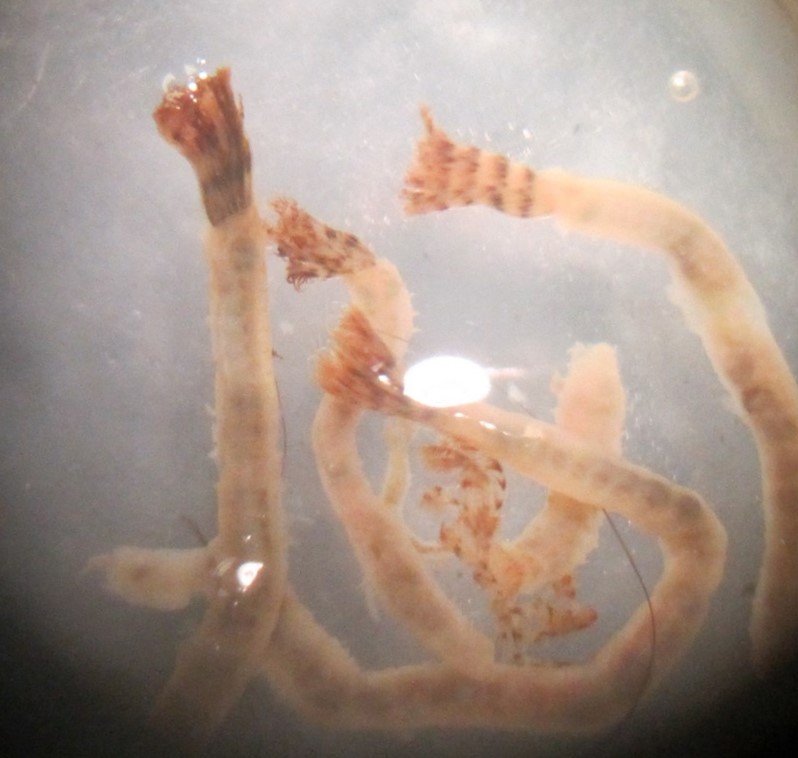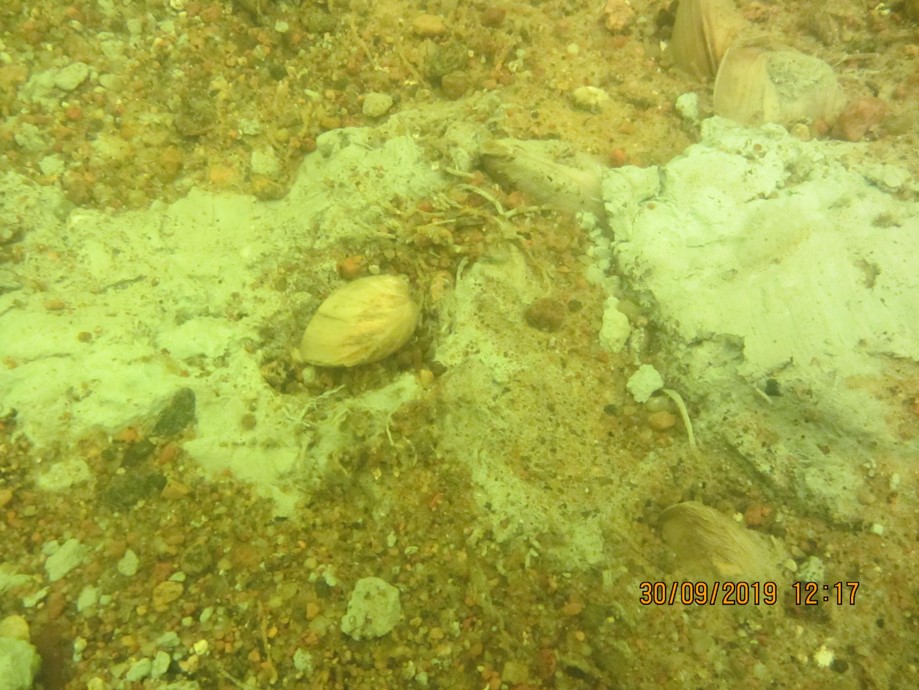
News
Researchers conducted a sampling expedition to characterize marine life distribution of previously unexplored areas. Much to their surprise they discovered two alien species – Atlantic rangia, a mollusc from the Gulf of Mexico and Laonome xeprovala, a worm of unknown origin.


For two years researchers have worked together within ER55 “ADRIENNE” project to acquire more knowledge about the Gulf of Finland. Their findings confirm that the two species previously found from other parts of the Baltic Sea have now populated the easternmost region of the sea. The future research will show whether presence of these newcomers bring benefit or disturb the local marine life. The researchers are now developing a sophisticated computerized tool that integrates the distribution of life forms and the Baltic Sea environment. This tool can then be used to study the health of the Baltic Sea ecosystem.
https://www.estoniarussia.eu/first-random-facts-and-achievements-of-projects-4/
ADRIENNE Stakeholder conference
Estonian Marine Institute organized the Adrienne stakeholder conference on the 28th of September 2021 where progress made in Adrienne was introduced to a wider audience.
Please find the presentations of the conference here.
Mapping biota and predicting future changes (Kristjan Herkül)
Building GIS Assessment Portal – factual approach to decision making (Jonne Kotta)
On fieldwork results and Adrienne’s outputs(Marina Orlova)
Presentations from Adrienne final conference (March 2022)
ADRIENNE projekti tulemused ja Soome lahe kohta tehtud mõjude hindamisportaali (PlanWise4Blue põhjal) tutvustus (Jonne Kotta), in Estonian
Nature conservation at sea- MPA as instrument to achieve conservation and environmental targets (Georg Martin)
Laevandusega seotud tegevused ja nende võimalikud keskkonnamõjud Eesti Merealal (Mari-Liis Tombak, TalTech Eesti Mereakadeemia), in Estonian
Sinimajandus ja veeressursside väärindamine (Loreida Timberg, TalTech Eesti Mereakadeemia).pptx (Loreida Timberg, TalTech Eesti Mereakadeemia), in Estonian


